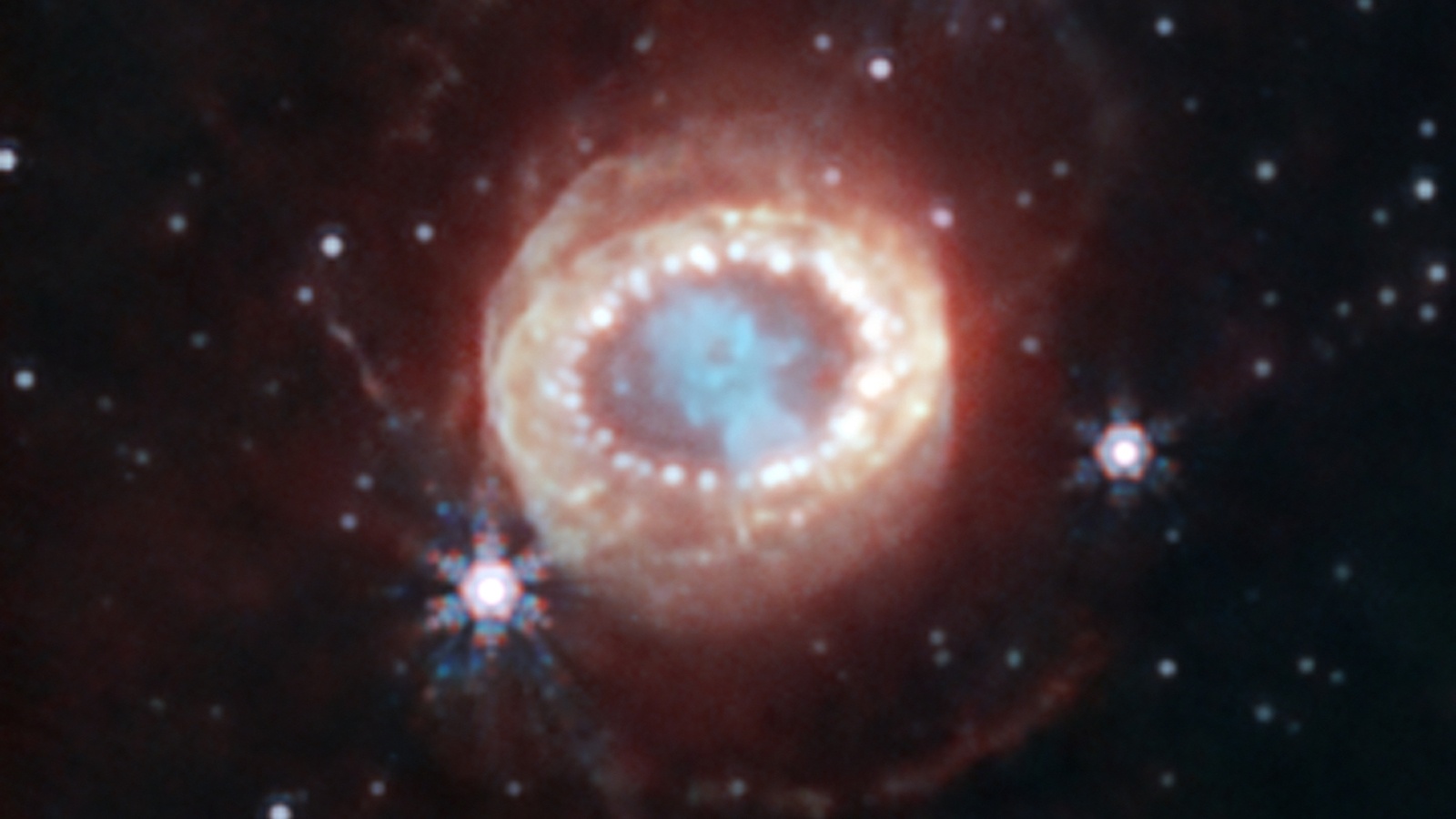Sometimes in astronomy, a simple question has a difficult answer. One such question is this: what is the mass of our galaxy?
On Earth, we usually determine the mass of an object by placing it on a scale or balance. The weight of an object in Earth’s gravitational field lets us determine the mass. But we can’t put the Milky Way on a scale. Another difficulty with massing our galaxy is that there are two types of mass. There is the mass of dark matter that makes up most of the Milky Way’s mass, and there is all the regular matter like stars, planets, and us, which is known as baryonic matter.
Continue reading “High Velocity Clouds Comprise Less of the Milky Way’s Mass Than We Thought”









